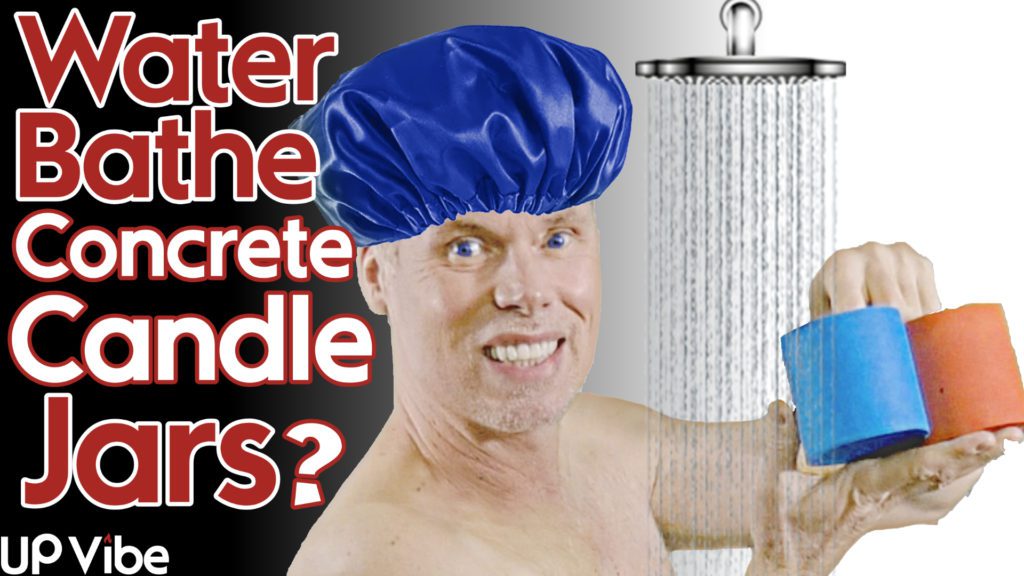
Water Bathing Concrete Jars? The Answer Revealed!
Introduction:
When it comes to concrete creations like candle jars, planter pots, and other works of art, the question of whether to water bathe them remains a subject of confusion and debate. In this blog post, we’ll delve into the intricacies of cement, explore the opinions of industry experts, and shed light on the benefits and considerations of water bathing. While there isn’t a definitive answer, we’ll provide insights to help you make an informed decision.
Understanding Cement and Concrete:
To comprehend the water bathing dilemma, it’s crucial to differentiate between cement and concrete. Cement is an ingredient used in concrete, which can be broadly categorized into hydraulic and non-hydraulic forms. Most concrete creators utilize hydraulic cement, such as Cement All, which reacts chemically with water during the mixing process.
The Purpose of Water Bathing:
Water bathing involves submerging freshly demolded concrete creations in water for an extended period, typically 24 hours. This process slows down the drying phase, allowing the concrete to continue hardening through hydration. Contrary to popular belief, concrete hardens due to hydration rather than drying.
Manufacturer Recommendations and Expert Opinions:
Certain concrete mix packages advise keeping the project hydrated for a specific duration. For instance, Cement All recommends water curing for at least one hour. However, when speaking with experts from Cement All, Quikrete, and Sakrete, they mentioned that water bathing might not be necessary unless visible cracking occurs.
Factors Influencing the Decision:
The two main culprits of concrete cracking are the water-to-mix ratio and the drying temperature. In hot or dry regions, water bathing may be necessary due to the environmental circumstances. Nonetheless, water bathing is not inherently detrimental to the curing process and can even accelerate it under certain conditions, as indicated by a study sponsored by the ASTM.
Different Approaches and Personal Experiences:
Concrete artists have varying opinions on water bathing. Some successful creators opt not to water bathe their concrete, while others find it beneficial. A middle-ground approach involves covering the concrete with plastic or spraying it with water after demolding. Ultimately, the decision depends on individual experimentation and research to ensure the desired strength and integrity of the final creation.
The Yes-No Conundrum:
The answer to whether one should water bathe their concrete creations is not straightforward. As a responsible content creator, the author recognizes the importance of offering cautious advice. The recommendation is to start with water bathing as a preventive measure, especially for beginners. However, through diligent testing and research, if one finds that their creations maintain their intended strength and integrity without water bathing, they may choose to skip this step.
The Author’s Perspective:
The author, as a YouTuber with a growing following, acknowledges the responsibility to viewers. While they personally do not water bathe their concrete creations, they thoroughly test each piece to ensure its success and integrity. In the event of any cracking, they are prepared to embrace water bathing as a solution.
Conclusion:
The decision to water bathe your concrete creations is dependent on various factors, including the type of cement used, environmental conditions, and personal experimentation. By understanding the nature of cement, considering expert opinions, and conducting thorough testing, you can make an informed choice. Remember, the ultimate goal is to create concrete works of art that withstand the test of time.
To watch the full video of water bathing concrete jars click here.



0 Comments